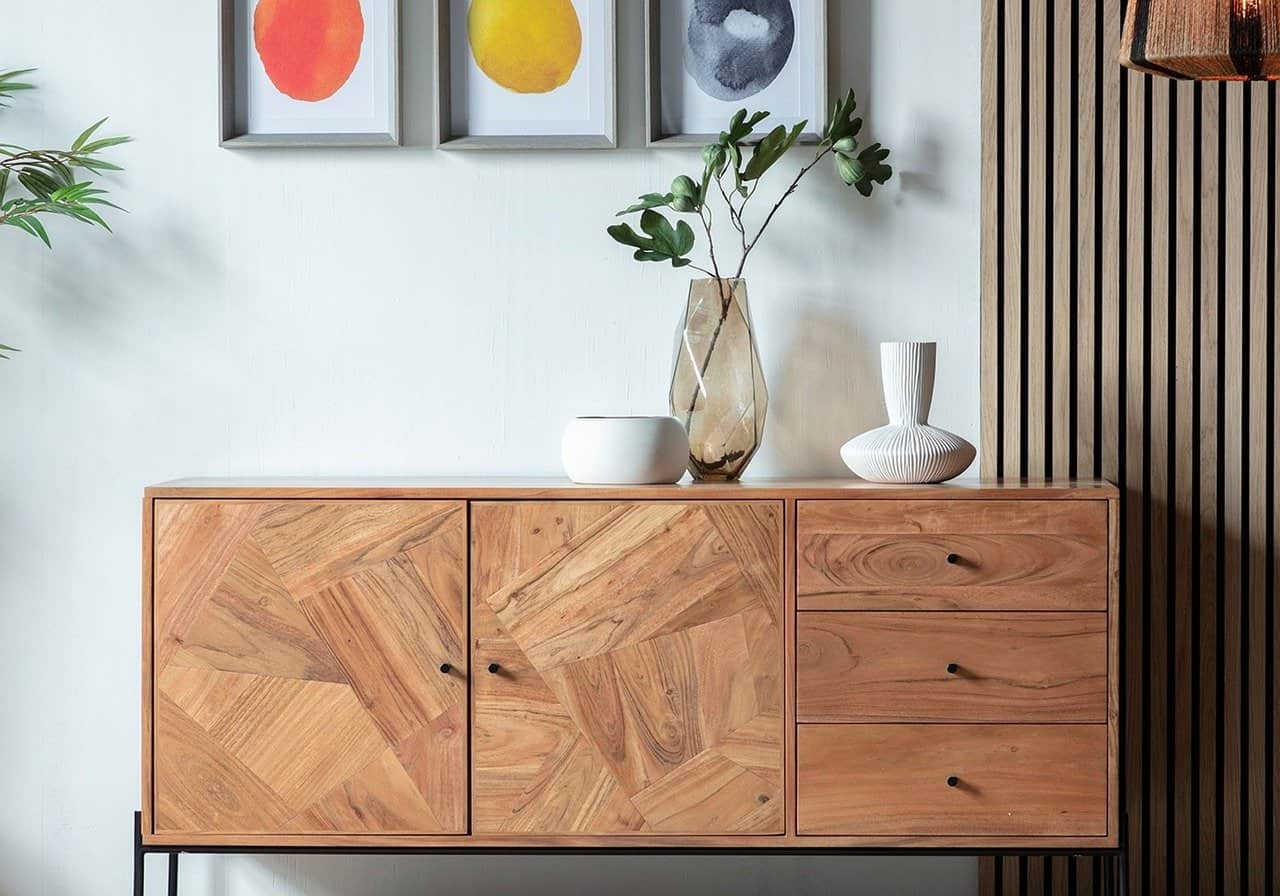
Every year, more and more of us are populating the urban areas of the UK, living in flats and houses with limited space.
With extra room fast becoming a scarce commodity, it all comes down to design choice, effective storage management, and mentality.
Here are some handy tips on how to win the space race in your home.
With current talk of everyone needing to tighten purse strings, it may seem counterintuitive to suggest that storage problems could be solved by pricier custom-made furnishings. But considering long-term solutions, these extra efficient setups may be the best investment for your living space. This is especially true if you’re working with very little square footage, or need to make the most of awkward layouts.
Intelligent contemporary design is increasingly sought out by buyers, so customised features like pull-out racks, corner pantries and window cubbies could add value to your home over time.
Kitchen space can be particularly tricky to manoeuvre, with immovable fixtures and plumbing that can’t be easily rerouted — and this is when bespoke may be the best fit. Kitchen experts Harvey Jones state that they “can adjust the sizing of cupboards to fit your space perfectly” and “alter the internal specifications, incorporating innovative storage mechanisms or designing custom storage solutions for specific items.” All in all, this will give you a truly personalised, bespoke kitchen, tailored to your personal requirements.
When we speak about organisation, we don’t mean a quick fix, good organisation involves creating a sustainable system that will make reducing clutter easier, and dare we say it even enjoyable. The types of lifestyle overhauls you see on TV aren’t just for entertainment’s sake, either. Techniques like Marie Kondo’s KonMari Method take the approach that tidy living is an ongoing, sustained practice that can keep your space and mind clear alike.
In short, the method proposes that you sort by category, and discard those items that fail to “spark joy” — identifying the possessions that you really enjoy having. Marie explains that by working through your belongings by their purpose rather than what room they’re in, you can gain a proper awareness of everything you have scattered throughout your home. From this, you can easily work out what you can say goodbye to, and clear space in the process.
By following a stricter regimen, you can keep a close eye on what you have and what you need, saving unnecessary purchases from consuming valuable storage real estate.
Next, you can think about proactive steps to stop fresh clutter collecting in your newfound free spaces.
Fast fashion is a massive space-waster, as well as having pretty severe environmental consequences. Quick, cheap purchases for the sake of convenience might give you a moment’s pleasure, but cause problems when they’re piling up unused at the bottom of the wardrobe. Instead, consider investing in a couple of high-quality new bits of clothing each year, that will last you well.
Paper is also a massive issue, with things like receipts, instruction booklets and old forms often taking up valuable space at your home work-station. Digitise as much as you can, be this through scanning everything onto a cloud-based storage platform or by taking photos — just don’t go overboard and bin the important bits. You still need your passport.
Routines are vital to maintaining new habits, so dedicate an hour each week to having a reorganise and a tidy. Regular check-ins make the job manageable, rather than leaving it all until a dreaded spring clean that will never happen. This way, you can keep clutter to a minimum and make space available.
We spend about a third of our lives asleep, so you’re probably fairly well acquainted with your bed. But what about what’s underneath it? Kitted out with boxes, trays, or fitted with a handy drawer, under-bed storage is a great way to keep bigger things out of sight and harm’s way.
As for higher up, you might own plenty of lesser-used items that can be tucked away atop units and inside eaves. Doors and walls are also hugely underused, with lots of dead space to tap into up to the ceiling. As long as you keep a step-ladder or tall relative handy, these spaces can be a real storage asset with the installation of hooks and simple shelves.